OPEN ASSEMBLY
Experiments in Aesthetics and Politics







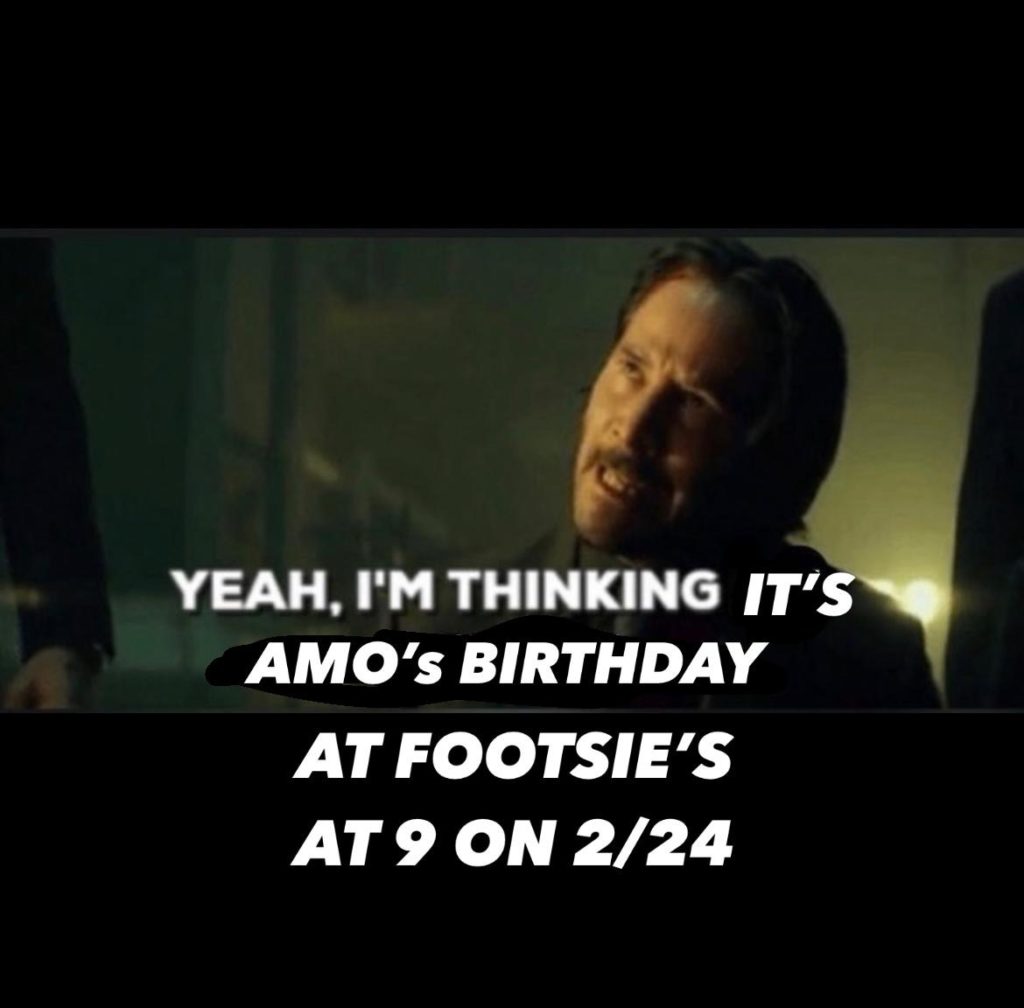


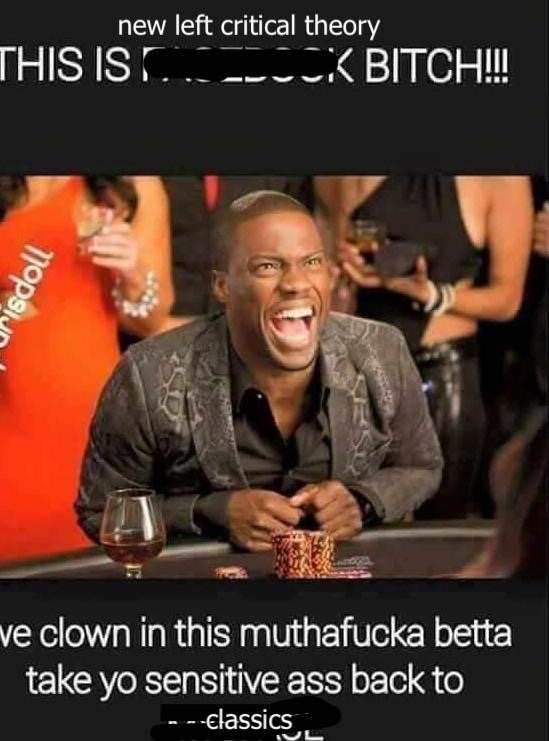
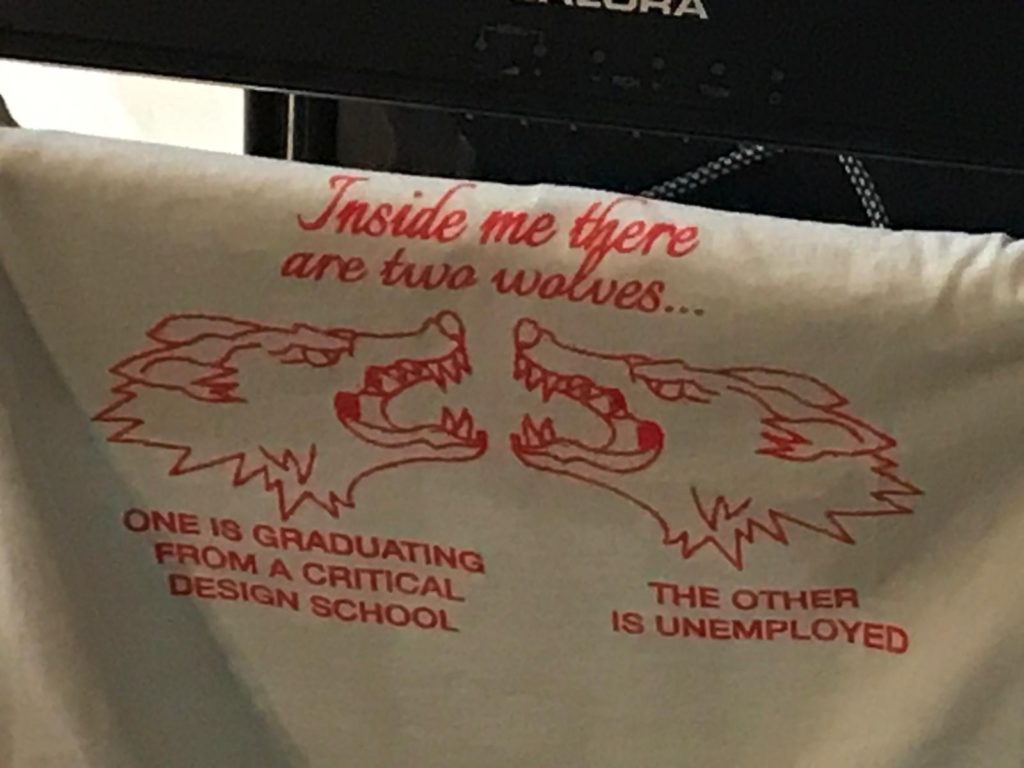
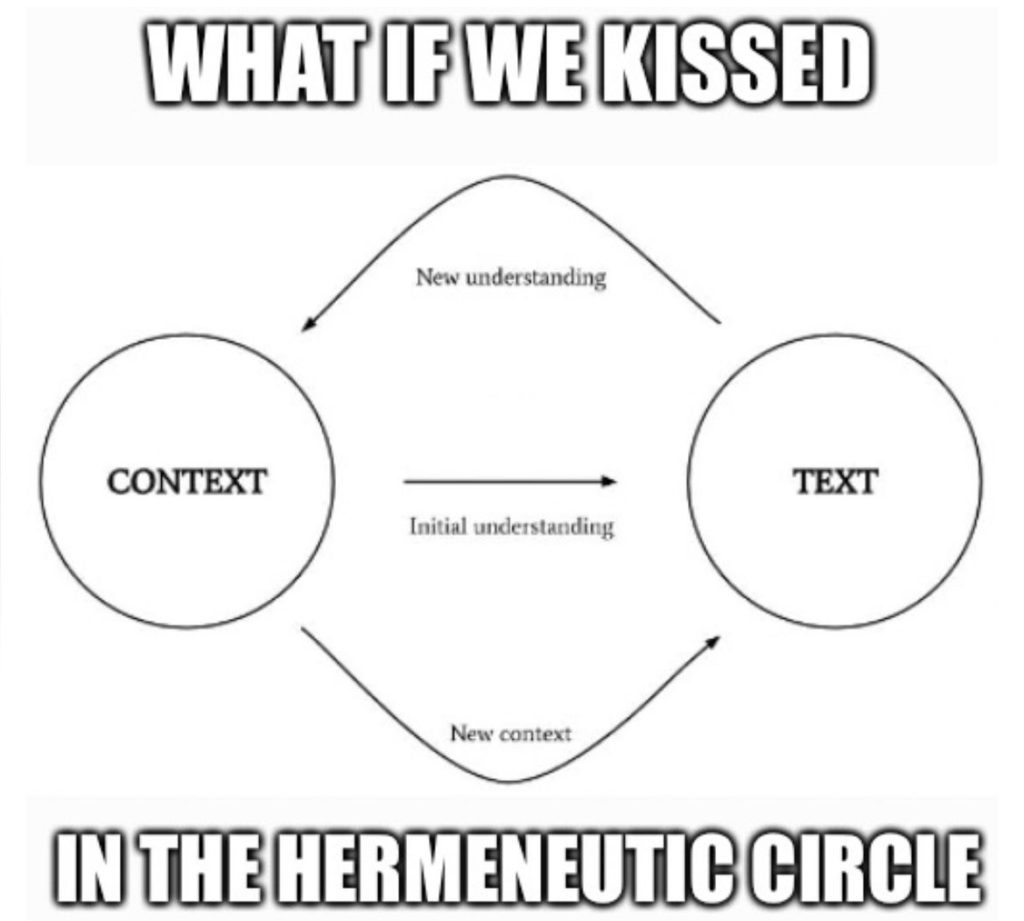

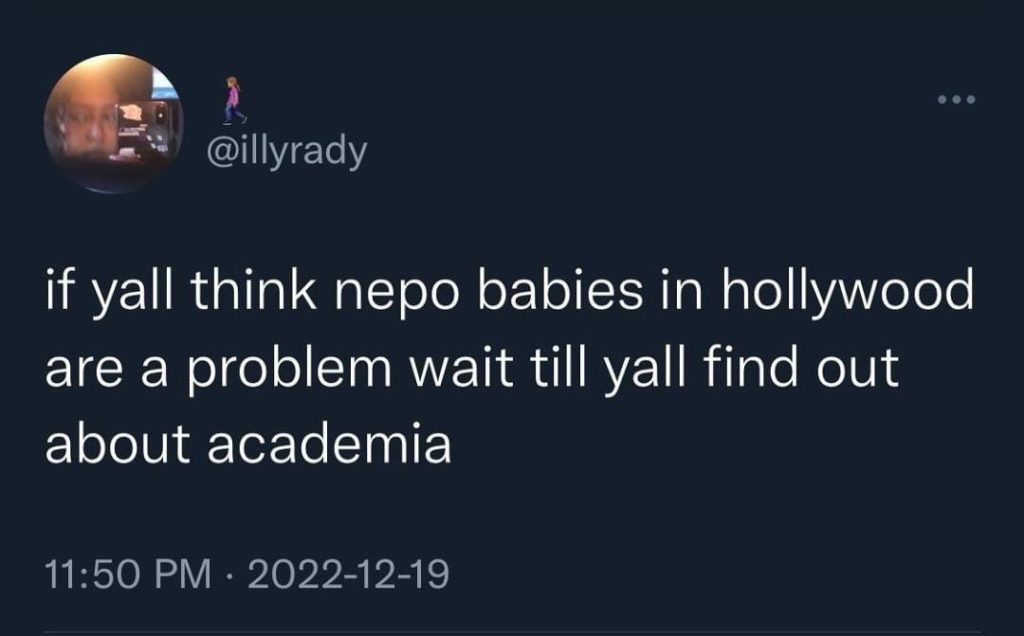




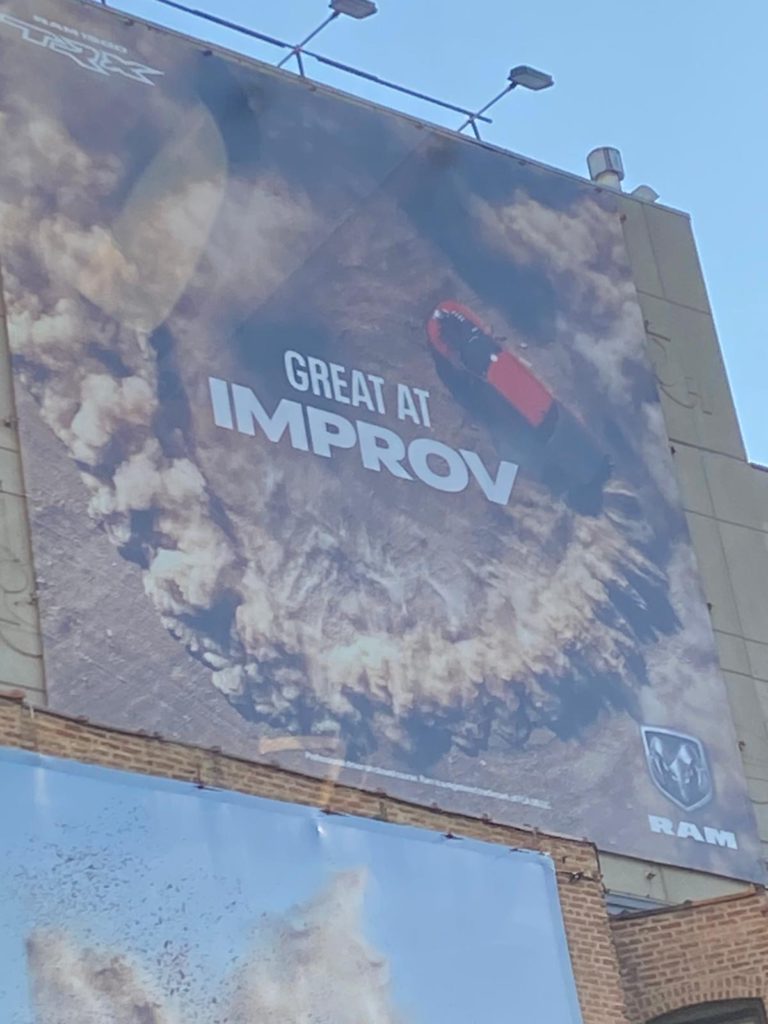
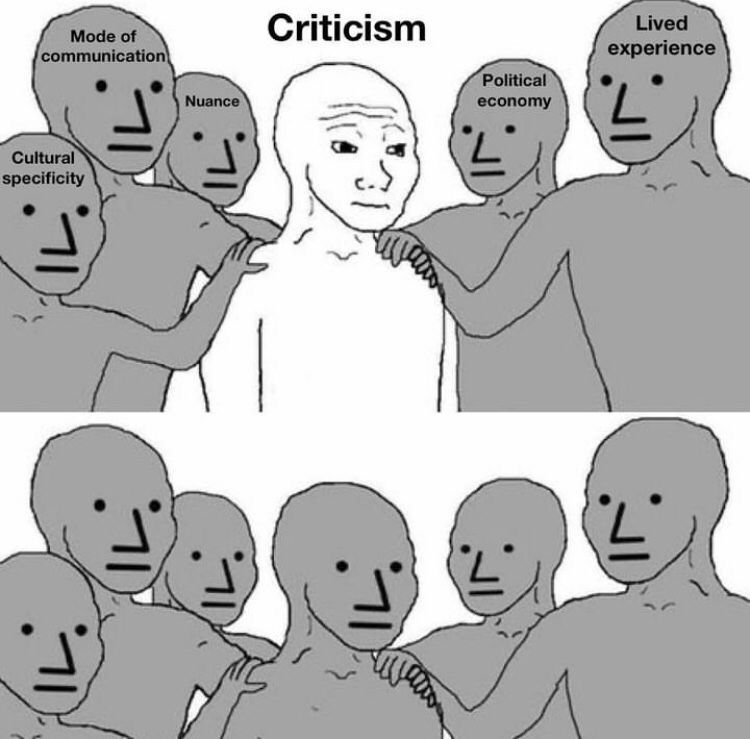
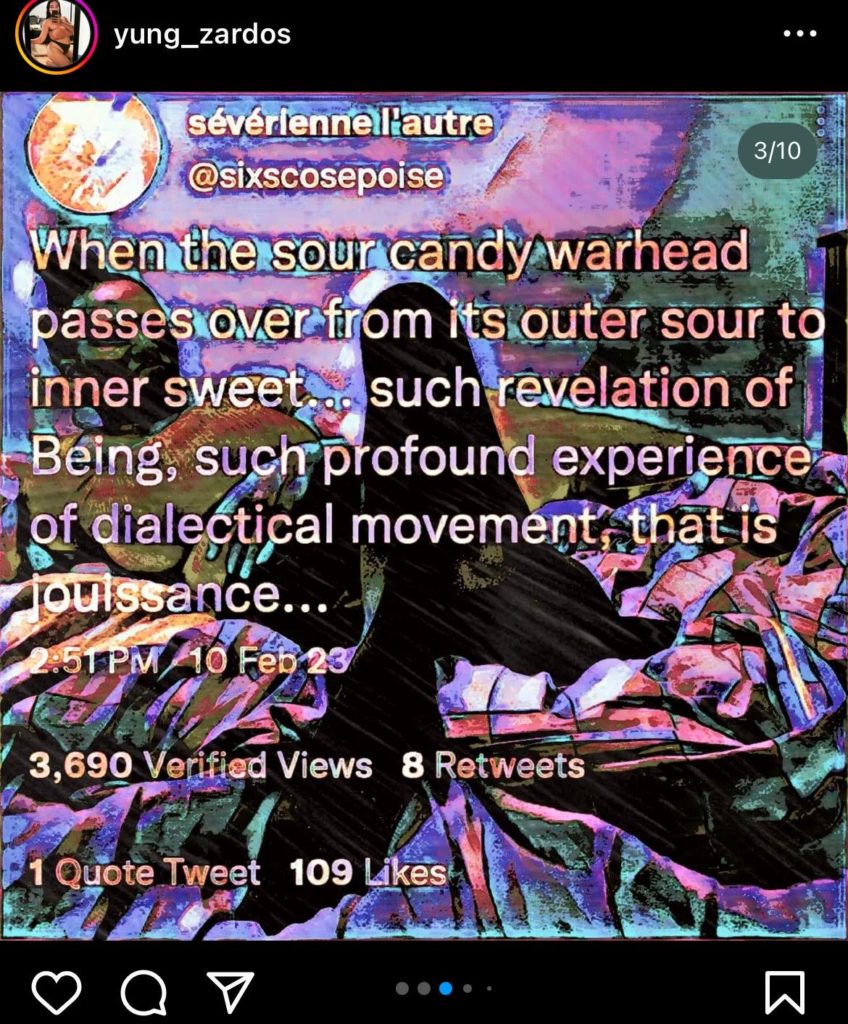
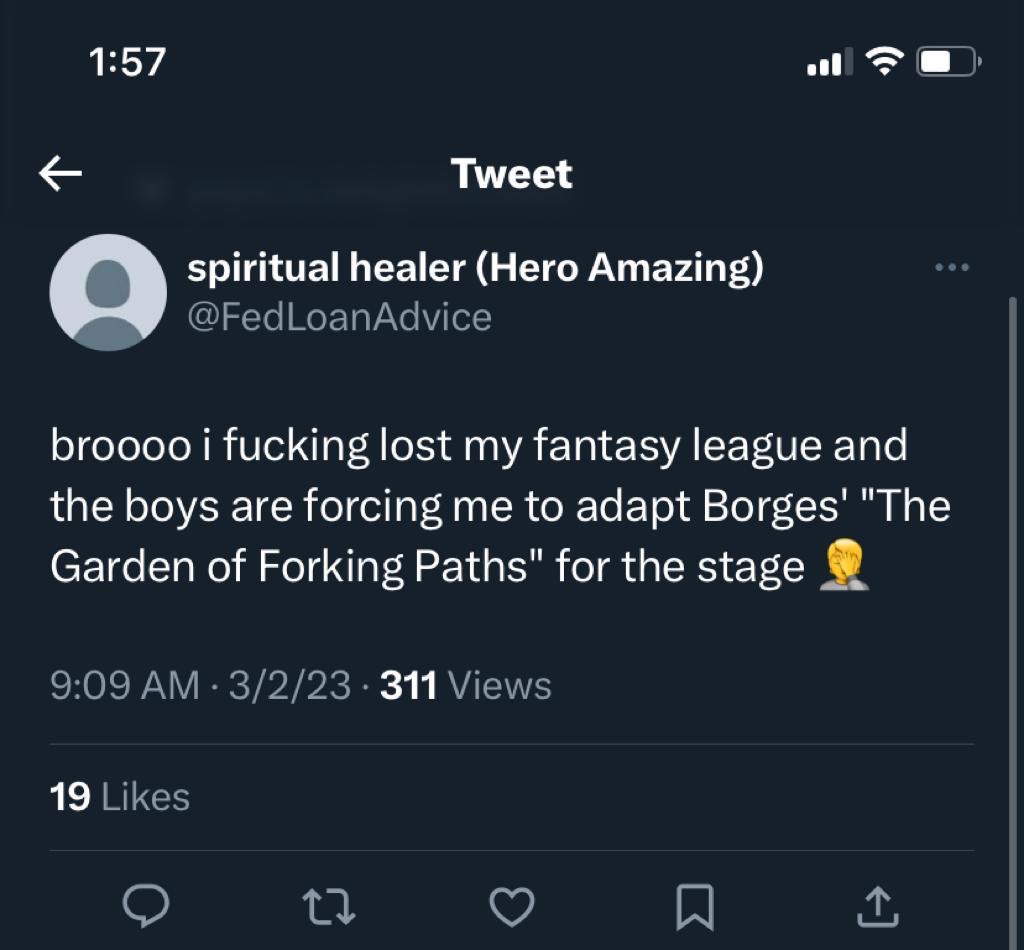
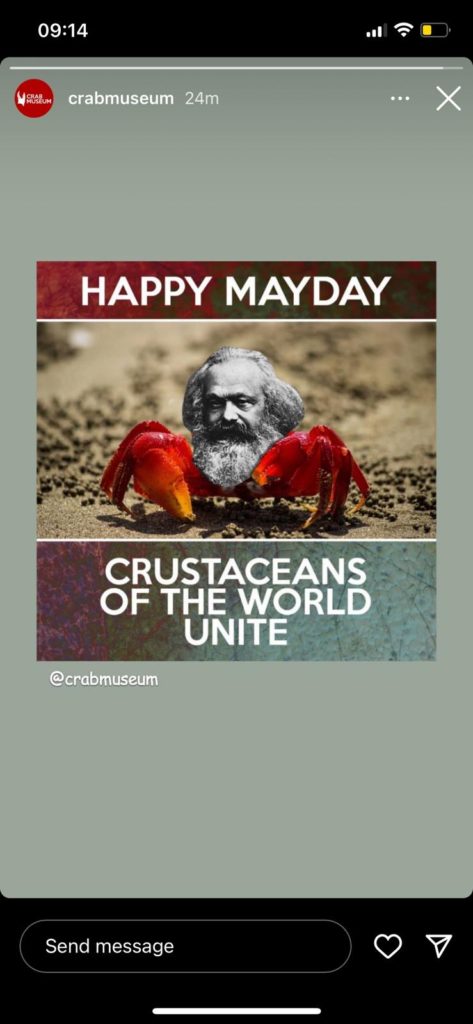
[ pending ]
[ pending ]
[ pending ]
[ pending ]
[ pending ]
[ pending ]
[ pending ]
[ pending ]
[ pending ]
[ pending ]
[ pending ]
In a recent video essay presented at the West Hollywood Aesthetics and Politics lecture series, Dominic Pettman expands on a series of recent texts in which he teases out a theory of the nonhuman. In doing so, he aims to reorient human thought in “a world in the midst of an extinction event of enormous magnitude” (Pettman, Sonic Intimacy, 6).
The video essay builds, in part, on chapters from Sonic Intimacy: Voice, Species, Technics, in which Pettman explores the idea that nonhuman sounds can be heard as “voice” (Ibid, 5). “Voice” here refers not just to what vocal chords generate, but to any sonic mediation between a hearing self and heard other. This is an understanding rooted in a long philosophical tradition, which Pettman traces from Aristotle’s claim that “Nothing that is without soul utters voice” (Ibid, 96), to Mladen Dolar’s Lacanian topology that puts “voice” right in the overlap between “subject” and “object” (Ibid, 53). Pettman also charts a long tradition of human interest in the many sounds of the world that people perceive but do not (directly) produce, including such varied examples as Thoreau’s description of church bells and recent research on the evolving songs of the humpback (Ibid, 51, 67). Listening to nonhuman sounds as voices, Pettman suggests, might destabilize the fundamentally dualistic, supremacist distinction of humans from the rest of the earth that underlies the enormous extinction event. He calls these voices of the world the “creaturely” and the “ecological” (Ibid, 8.)
In another text the video essay takes up, Creaturely Love: How Desire Makes Us More and Less Than Human, Pettman again describes the “creaturely,” here as the necessarily nonhuman aspect of human desire. He defines “love” as a culturally viable formalization of desire’s nonspecific pulsions by way of language, “only one form that desire takes” (Pettman, Creaturely Love, 3). For Pettman, to love is to engage desire without exhausting its independence from the significations that render it as love. The independent dimension remains nonhuman even as it constitutes human desire. “Creaturely love” also informs Pettman’s ongoing work with Margret Grebowicz, in which the two explore a theory of “libidinal ecology.” The punning term is their way of drawing attention to effects of desire’s human formalizations on the nonhuman environment: “[Libidinal economy] relies on the equivalent of an erotic revenue stream […] while [libidinal ecology] describes the manifold ways in which, for instance, human desire trickles into, and inevitably dilutes or pollutes, an actual stream” (Pettman, “Libidinal Ecology”). Again, Pettman (and Grebowicz) emphasize the co-constitutive relation of the human and nonhuman.
I agree that (re)conceiving the nonhuman is crucial for positioning human thought differently from its historical postures of self-anointed dominion, which have been integral to the acknowledged extinction event. However, there are a few moments in Pettman and Grebowicz’s treatment of the “creaturely” and the “ecological” that reveal the theory’s recapitulation of modes of thought inextricable from that very dominion, reasserting the primacy of the human over the nonhuman. This may not be lost on Pettman. In fact, at the end of the chapter on the “ecological voice,” he reveals his lack of conviction that a radically inclusive “vox mundi” could dethrone the human. He says, “perhaps (and admittedly it is a very big ‘perhaps’), we can finally hear echoes without casting ourselves in the self-absorbed role of Narcissus” (Pettman, Sonic Intimacy, 75). This acknowledged theoretical limitation is particularly apparent when Pettman brings up the story of a beluga whale named Noc.

Beluga ornament for sale online.
As Pettman relays from a 2014 Smithsonian magazine article by Charles Siebert, Noc was “trained by the Navy in the 1980s,” and was “reported to have attempted to communicate directly with its human handlers, in imitation of speech” (Pettman, Sonic Intimacy, 54). A recording of Noc’s vocalizations circulated on the Internet in 2012, intriguing listeners with their resemblance to the frequencies, timbre, and cadences of sounds that come from human bodies. Pettman cites Noc’s sounds to examine the way that anthropocentric concepts of subjective awareness break down when we recognize that nonhuman animals can mimic humans. He draws attention to a statement by Lori Marino, a cetacean intelligence specialist quoted in the Smithsonian article. Marino notes that “for an animal to imitate another species takes a level of self-awareness, a level of understanding of their body and your body and the acoustics of it [sic]” (quoted in Ibid, 56). Pettman, listening for the creaturely and ecological in Noc’s extraordinary utterance, writes, “[Noc] could only mimic human speech if there is a strong sense of self-awareness, together with a cognitive understanding of the ontological gulf between him and his handlers” (Ibid). The wording here is telling.
To whom does Pettman attribute “a strong sense of self-awareness?” Whose understanding of ontological difference is it? Ultimately, these clauses’ ambiguity is only resolved if their subject is the author’s species. Despite Pettman’s insinuation that Noc’s sounds indicate that he has at least some of the self-recognizing requirements for subjectivity, “a level of understanding” about the physical mechanics of bodies is “a level of self-awareness” that does not require a sense of itself (Pettman, Sonic Intimacy, 56). It follows, according to Pettman’s sentence, that Noc’s sounds could only be perceived as mimicry if the human handlers had a strong sense of awareness of themselves (as voiced humans) and/or of Noc as a (possibly) voiced self. They are the ones who arrive at this sense, with an understanding of an ontological gulf between whale and human. As such, Noc himself remains an object of mystery.
Far more certain than his subjective interiority are the external conditions that led to his vocalizations. While Pettman refers only to the facts of Noc’s sounds and their reception among scientists and curious Internet users, the Smithsonian article gives a detailed narrative of Noc’s life. He spent the vast majority of it in the Navy’s employ. Of course, that means he was in captivity; “handlers” is a euphemism for “captors.” Navy SEALs might voluntarily enlist, but Navy whales do not.

Pettman quotes the Smithsonian article saying that Noc sounded “less like a person talking than a delirious drunk humming an atonal tune through a tissue covered comb” (Sonic Intimacy, 54). A close approximation of that referent is available at 1:22 of https://www.youtube.com/watch?v=8qJb9PCeeSQ.
In Siebert’s telling, Noc and five other belugas were lassoed and caged off the northern coast of Manitoba in the late 1970s. They were then shipped, in a jet, from their complexly organized social structures and familiar swimming territories to a Navy facility thousands of miles away, off the coast of Southern California. Throughout the 1980s, Noc and his co-captives were compelled to assist the Cold War military effort’s advances onto a deep ocean front. In particular, the Navy experimented with the effects on marine mammals of a low-frequency sonar that “often induces entire pods to surface so rapidly in an attempt to escape it, they die of a condition to which scientists had assumed whales to be immune: the bends” (Siebert, 2). Siebert notes that a captive beluga’s lifespan is 20 to 30 years, as opposed to 80 or more in the wild; Noc died in 1999, at the age of 23 (Ibid, 1-2).
Throughout the article, Siebert quotes cetacean experts who consistently emphasize how profoundly disrupted, confined, and alienated Noc’s life in the Navy was. They all make a point of his and other whales’ apparent intelligence and sociality. Noc’s general behavior and perceived affect are discussed in (progressively abject) human terms: although belugas are usually “affable” and “curious,” upon capture Noc became “lazy,” “unfocused,” “jealous,” “bored,” “disinterested,” but still “easygoing” and “patient.” One beluga trainer claims captive whales are “like people with post-traumatic stress disorder,” and Noc is repeatedly characterized as wanting to “make a connection” (Siebert, 1-2).
Noc’s “creaturely voice” is certainly an effect of a lIbidinal ecology that involves whales and humans, but it is not just the sound of a being whose “intelligent” behavior suggests subjectivity; it is the sound of a subjugated animal under human control. No matter how much he was recognized for human-like qualities, he remained an object for human use.
Pettman is clear that his notion of the nonhuman creaturely and ecological voice(s) includes sounds made by that which, without the attribution of voice, would most certainly be called objects. This means that sounds produced by human activity — speech, the clangs of industrial machinery, and the pings of communication technology — are a part of the vox mundi as much as wind and birdsong. Noc’s voice, then, can be understood as ecological even if he is not a subject at all. But, as an expression of co-productive human-nonhuman relations, it depends both on the human-supremacist conditions in which it emerged, and the assured subjective authority of the humans who hear it.

Sam Ridgway in 2014. He led the expedition that captured Noc.
At one point during Noc’s career, animal rights activists broke into a training session at a weapons testing facility and released him, along with another beluga, into the ocean. Both whales, after darting for an open sea thousands of swimmable miles from the conditions of their birth and early cetacean socialization, turned around and followed the Navy boats that were chasing them back to base. The fact that they did so, and that they always stayed close to the boats during their missions, was crucial to their handlers’ understanding of their relation. As Ridgway put it: “We have no way of completely controlling them, and yet they do their job and come back. They kind of view themselves as part of a team. Or at least we view them as seeing themselves as part of a team” (Siebert,1).
Again, Pettman does indicate his appreciation of how difficult it is to think outside of the human loops and binds that come with considering the nonhuman. In Creaturely Love, he writes,
“[To behold the creaturely aspect of ourselves] is to rejoice in the miraculous singularity of the being that one is with, while also understanding the profound universality represented by his or her presence: the fact that the embraced body is but a temporary refuge for a universe of generic, genetic materials. It is this impossible thought — this antihumanistic paradox — that creaturely love exhibits and enacts.” (Pettman, Creaturely Love, 8)
This could also be said to be a humanistic paradox: the universe of contingencies, generic in its materials, nonetheless yields the singular body in human embrace. Though “anti-” more definitively signals this reversibility than “non-,” Pettman’s use of “nonhuman” also maintains a closed circle of differentiation between it and the “human.” One defines the other as other, ad nauseum. Similarly, the ecological voice effectively conveys this intractability, but it does not provide a way out. More significantly for Noc’s case, a vox mundi that includes a specific whale in a generic wail does not account for the actual, historical realizations of the human-nonhuman relation in which the former maintains its dominion.
Pettman and Grebowicz’s “lIbidinal ecology” more directly confronts the real manifestations of this relation. The writing and video essays on this concept lucidly depict certain material resolutions of human desire in “actual streams” and elsewhere. I can see how, in extension (Pettman and Grebowicz’s project appears expansive and multifaceted), the theory might account for the violent power differentials that remain obscured in the representation of Noc’s nonhuman voice. However, in a thematically related piece, “Climbing and the Cooptation of Desire,” Grebowicz makes a striking declaration: amidst a discussion of biopolitical modulation of desire and its circumscription for mountain climbers, she states that desire is “the reason one does anything at all” (Grebowicz, 5).
Certainly, as Grebowicz explains, desire has a constitutive role in “consequences for the environments […] bodies use to fulfill their desires” (Grebowicz, 5). This could suggest that Grebowicz means that, for one to do anything at all, desire must be present somewhere in what links actors and actions that affect one another. But desire is only the reason one does anything at all if “one” is a subject of undenied, persistently actable agency. There is a historical prevalence of “ones” that have done things that they do not desire to do. Of course this includes the products of accident — I did not desire to trip over the stairs, but I did it. This also includes those who are forced to do things, as objects of another’s desire. I’m thinking of animals like Noc, but also of oppressed people.
In particular, I can’t help but think of Fred Moten’s writing on human objects and “the commodity that speaks.” His book In the Break, a pivotal contribution to the inquiry into relations of sound and subject, begins with a consideration of Karl Marx and Frederick Douglass. Moten’s convincing reading disallows any clean demarcation of subject/object in a lIbidinal economy that trades on the status of living beings and their bodies. As Moten quotes, Marx wrote that commodities, as objects, do not speak with their own voices (8). Moten points out, though, that the history of slavery is a history of commodities who do talk. It’s just that their handlers do not recognize their utterances as the voices of subjects (Ibid, 9).
Moten, like Pettman, suggests that there is a radical, transformative potential in listening to the sounds of those not considered human subjects by history and its powerful actors. Moten focuses on the famous passage in Douglass’ autobiography that depicts the assaults of his Aunt Hester, who screamed. In the Break follows the “aesthetics of the black radical tradition” from the assertion that, as Hester’s scream demonstrates, “objects can and do resist” (Moten, 1). But Moten also holds that breaking down and rearranging the distinctions between subject and object in a field of language and representation that is already conditioned by an exclusive, human subject (and its historically actualized economies of desire) cannot make a realizable break from conditions that produce living objects for use and abuse by those already included. He writes, “The commodity whose speech sounds embodies the critique of value, of private property, of the sign. Such embodiment is also bound to the (critique of) reading and writing, oft conceived by clowns and intellectuals as the natural attributes of whoever would hope to be known as human” (Ibid, 12). Hester screamed despite the enforced illiteracy of slavery; her handlers heard her as an object that did not count as human.
Thinking through Moten’s insights in regard to Noc is not to flatten any differences between human beings and beluga whales. It is to take seriously Pettman’s proposition for thought. In his words,
“Of course, there are essential distinctions to be made between the voice of a person, a cat, a robot, an ocean, and a wheel, even if we are willing to grant such a designation for the sake of argument. And the purpose of this experiment isn’t to ignore such differences. However, an appreciation of alterity, in whatever degree, should not discourage us from looking for acoustic analogies […] that reveal undiscovered affinities and shared fates among the most unlikely combinations” (Pettman, Sonic Intimacy, 7).
Noc’s voice actually communicates a rather likely combination of the human and nonhuman, in which what is included as the former has agency over shared fates. His sounds might indicate something like subjectivity, but they were produced in a situation in which he existed as an object. He was deprived of the conditions that made him a whale, to become an instrument for human enterprise.

Noc’s mouth in 1995.
It bears mentioning that the first time Noc was heard to make sounds that seemed to resemble a human’s, a Navy diver mistook him for a person repeating the word “Out!” over an underwater communications device. The diver shot to the surface, asking, “Who told me to get out?” (Siebert, 1) While I have no interest in coming up with a different or “more accurate” interpretation of Noc’s sounds, it is significant that the human who heard the whale interpreted it as an imperative that maintained the human as the speech’s subject. Noc, the highly intelligent, highly social, forcibly entrapped creature, was not assumed to be the subject of the utterance “Out!”
Pettman’s desire to turn our thought (and our ears) away from modes of human domination is one I share. Exploring the inextricable human-nonhuman relation might exercise that desire, but, as the example of Noc illustrates, such thinking can still operate from a human decision on what is subject and what is object, and/or what is human and what is nonhuman. The “creaturely” and “ecological” blur these distinctions, but that does not keep them from being realized as a fundamental mechanism of human power over its excluded others. The aporia of paradox is not the same kind of entrapment as the lassoes it sanctions. I think, perhaps, Pettman would agree: as long as people hear it from within dualistic definitions of the human/nonhuman, the vox mundi will resound with the voices of the captive.
SOURCES CITED:
Grebowicz, Margret. “Climbing and the Cooptation of Desire.” The Philosophical Salon, March 2018, https://thephilosophicalsalon.com/climbing-and-the-cooptation-of-desire/.
Moten, Fred. In the Break: The Aesthetics of the Black Radical Tradition. Minneapolis: University of Minnesota Press, 2003.
Pettman, Dominic. Creaturely Love: How Desire Makes Us More and Less Than Human. Minneapolis: University of Minnesota Press, 2017.
Pettman, Dominic. “Libidinal Ecology: Sex and the Anthropocene (I)”, Public Seminar, http://publicseminar.org/2016/01/libidinal-ecology-sex-and-the-anthropocene-i/, 2016.
Pettman, Dominic. Sonic Intimacy: Voice, Species, Technics. Palo Alto: Stanford University Press, 2017.
Siebert, Charles. “The Story of One Whale Who Tried to Bridge the Linguistic Divide Between Animals and Humans,” Smithsonian Magazine, June 2014, https://www.smithsonianmag.com/science-nature/story-one-whale-who-tried-bridge-linguistic-divide-between-animals-humans-180951437/?page=1
Nicholas Nauman works primarily with music and food. He is pursuing an MA in Aesthetics and Politics at California Institute of the Arts.